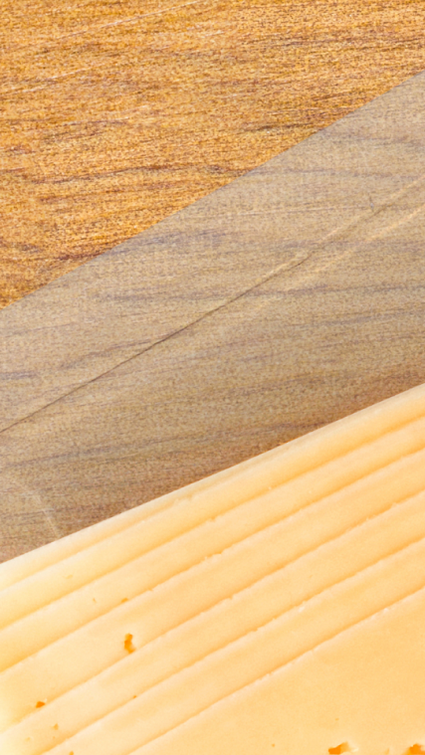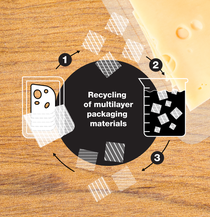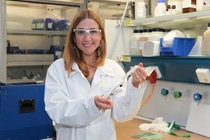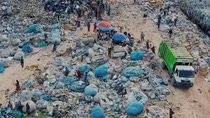Media
Happily ever after?
About sticking together and letting go. And where cheese packaging comes in.
Good for creating bonds and making them last, but challenging companions at life’s end – adhesives. Here's why their break-up is important for a happy ending. Whether for electronic devices, furniture, bottle labels or food packaging, adhesives are used in almost every area of daily life. Modern adhesives are usually made of natural or synthetic polymers, which provide a strong grip. Once materials have been “bonded” with an adhesive, to use the technical term, they can be difficult to separate afterward. An advantage for a product’s durability, but challenging for subsequent recycling. To reuse the various materials, they must be separated from each other. This applies in particular to plastic packaging, such as cheese packaging or bags used for chips or pet food, as they are composed of a variety of bonded materials, such as paper, plastic film or aluminum foil. Therefore, they often end up in landfills or are incinerated instead of being recycled. Keeping packaging materials in circulation drives policymakers and industry alike: According to the EU Green Deal, for example, packaging in the EU must be recyclable in the future. If this is considered during the product development and design stage, adhesives may be the solution. Researchers are developing innovative adhesives that can be removed in the recycling process almost “at the push of a button.” In cooperation with packaging suppliers, recyclers and manufacturers of sorting machines, BASF has developed a new adhesive for cheese packaging: It is water-based and ensures that the composite of plastic film types can be easily separated. This allows for the individual components to be sorted and reused.






